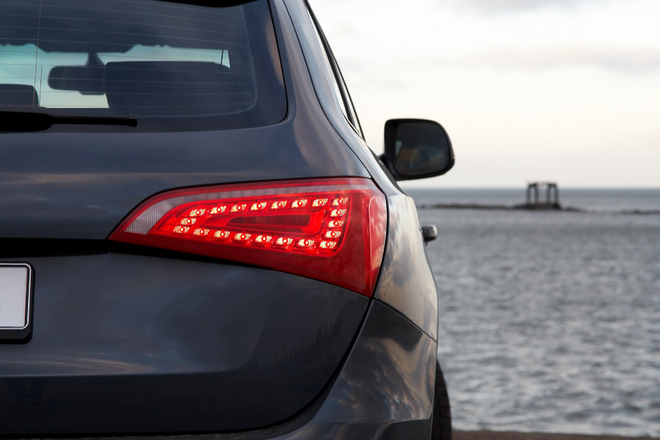
Hazard flashers are only to be used if the car is stationary. Do not use these in fog or rain
H. Kishie Singh
 Some of you may remember the hand signals used while driving when you had to learn to get a drivers license. Complicated as they were, much like semaphore, they were still simple enough to get the message across to the other driver.
Some of you may remember the hand signals used while driving when you had to learn to get a drivers license. Complicated as they were, much like semaphore, they were still simple enough to get the message across to the other driver.
The first upgrade over this use of hand signal was the 'trafficator'. This was an orange plastic arm, illuminated and about 20cm long that sprang out of the 'B' pillar. It was activated by a lever on the steering wheel or the dash board.
That was in the 1950s and probably the last time a traffic signal was used sensibly.
Undoubtedly, today's cars have turn signals that blink and give a very accurate message to the other road users.
However, these are misused and abused, and no one is any the wiser. On the contrary, these are often used to send out wrong signals which can even lead to an accident. Some people wrongly use right hand blinkers to indicate, "Okay to overtake!" But right-hand blinkers only mean, "I am about to turn right," and nothing else.
There is already enough confusion on Indian roads without these wrongly used blinkers adding to the chaos. The reason for this chaos and confusion is that the driver is not familiar with the owner’s manual.
It is quite simple. Left blinker indicates a left turn and the right blinker means a right turn. Do not use it at roundabouts, and stick to your lane. Hazard flashers are only to be used if the car is stationary, not moving. Do not use it in fog or in rain.
In1914, Florence Lawrence, a star of the silent films’ era, designed a mechanical signaling device, an arm extended from the car to indicate the driver's intention. The driver pushed a button and a sign on the rear bumper came up and warned other drivers which way the car ahead would turn. It was a very clever invention but sadly she did not patent it. So it just died a natural death.
In 1925, Edgar Walz Jr invented, what can be considered as the first turn signal. Smart man, that he was, he patented it. He tried to market it to the major car manufacturers but without any success. The patent expired after14 years.
Strangely, the Ford Model 'A', built in Germany had trafficators but the US model did not. The reason could be that they resembled the signal arm which had been used by the Royal Bavarian Railway since 1890.
Last time we discussed how the rear view mirror came into being. After it the outside rear view mirror – ORVM followed. As the American Station Wagons morphed into SUVs with time and got bigger and roomier, people started transporting washing machines, refrigerators and other furniture in the back.
This would block the central rear view mirror. So to correct this the ORVM was born. Two mirrors on the outside gave the driver a complete view of the rear and made way for the safe driving.
Happy Motoring!



























